
Cosmetic Surgeries
Hair Transplantation
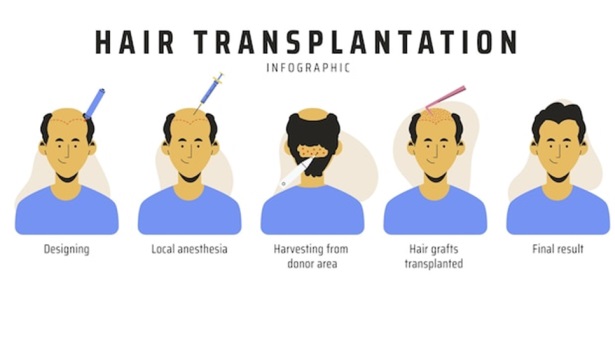

Hair Transplantation Procedure
A hair transplantation procedure, also known as a hair transplant, is a surgical technique used to treat hair loss or baldness. It involves moving hair follicles from one part of the body (usually the back or sides of the head, where hair is more resistant to balding) to the balding or thinning areas. There are two primary methods for hair transplantation:
- Follicular Unit Transplantation (FUT): This method involves the removal of a strip of scalp from the donor area (usually the back of the head). The strip is then dissected into individual grafts, which are further divided into follicular units containing one to four hair follicles. These units are then transplanted into the recipient area. The main advantage of FUT is that it can yield a higher number of grafts in a single session. However, it leaves a linear scar at the donor site.
- Follicular Unit Extraction (FUE): In FUE, individual hair follicles are extracted from the donor area using a small punch or a specialized instrument. This method does not leave a linear scar and is less invasive. However, it may be more time-consuming and can provide a lower number of grafts in a single session compared to FUT.
Here's a general overview of the hair transplantation procedure:
Consultation: The process begins with a consultation with a qualified hair transplant surgeon. They will assess your hair loss, discuss your goals, and determine your eligibility for the procedure.
Anesthesia: Local anesthesia is administered to numb the donor and recipient areas, ensuring the patient's comfort during the procedure.
Extraction: In the case of FUT, a strip of scalp is removed from the donor area. For FUE, individual follicular units are extracted.
Graft Preparation: The harvested grafts are dissected and prepared for transplantation.
Graft Insertion: The prepared grafts are carefully inserted into the recipient sites one by one.
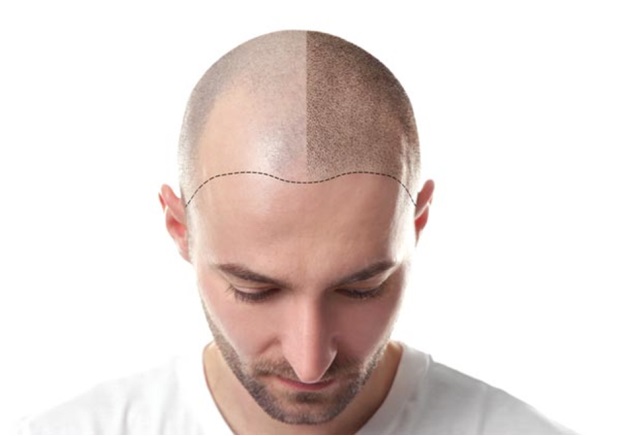

Healing and Growth: It takes several months for the transplanted hair to start growing. Initially, the transplanted hair may fall out (shock loss), but it typically regrows over time.
Recovery: After the procedure, the patient may experience some swelling, redness, and discomfort at both the donor and recipient areas. Most patients can return to their regular activities within a few days.
Recipient Site Creation: Tiny incisions are made in the recipient area, where the grafts will be implanted.


It's essential to choose a qualified and experienced surgeon for a hair transplant, as the success of the procedure largely depends on the surgeon's skill and expertise. Additionally, the suitability of a hair transplant depends on factors such as the degree of hair loss, the quality of donor hair, and the patient's expectations.
Before considering a hair transplant, it's crucial to have a thorough consultation with a medical professional who specializes in hair restoration to determine if this procedure is the right solution for you.
Hair transplantation is a surgical procedure that involves the removal of hair follicles from one part of the body (usually the back or sides of the scalp) and their transplantation to areas where hair is thinning or bald. The before and after results of hair transplantation surgery can be quite significant, but they
can vary from person to person depending on factors such as the extent of hair loss, the quality of the donor hair, and the skill of the surgeon. Here's a general overview of what you can expect before and after a hair transplantation surgery:
Before Hair Transplantation Surgery:
- Consultation: Before the surgery, you will have a consultation with a hair transplant specialist. They will assess your hair loss, discuss your goals, and determine if you are a good candidate for the procedure.
- Evaluation: The surgeon will evaluate your donor area (the area from which hair will be taken) and the recipient area (the area where hair will be transplanted) to plan the surgery.
- Preoperative instructions: You'll receive instructions on how to prepare for the surgery, which may include avoiding certain medications, alcohol, and smoking. It's essential to follow these guidelines to ensure the best results.
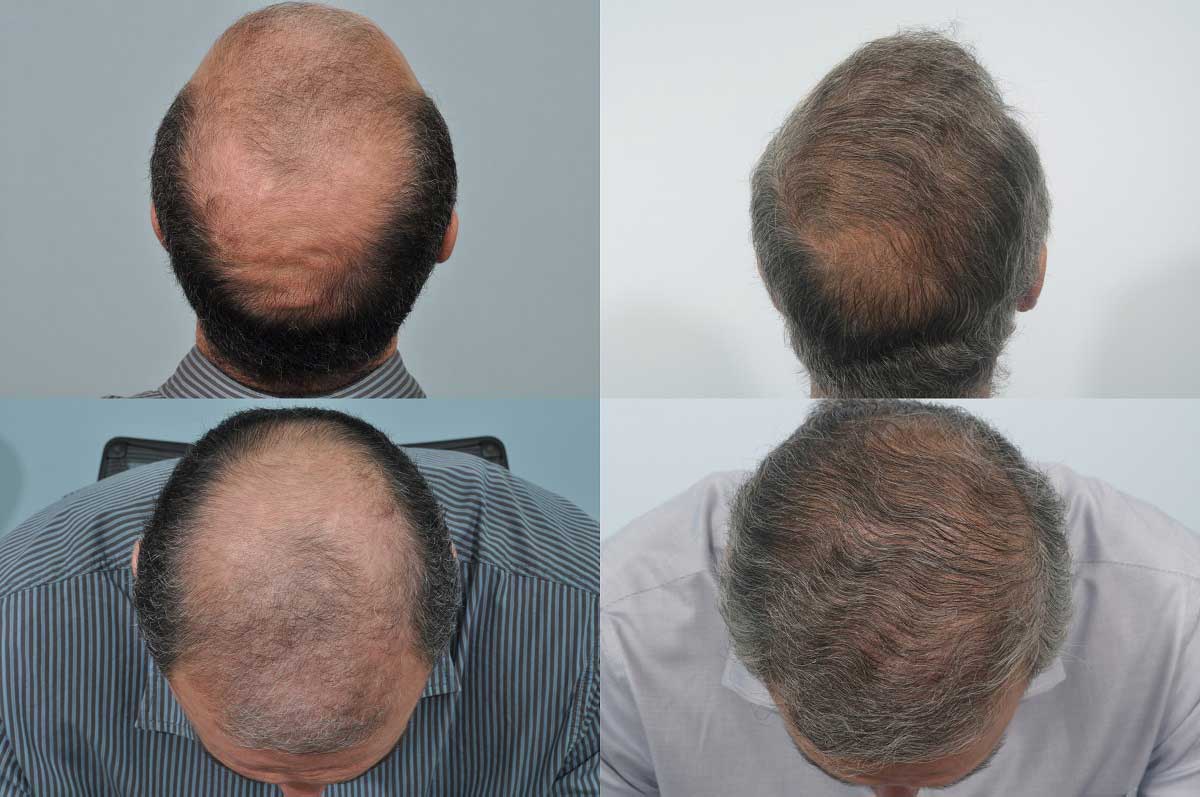

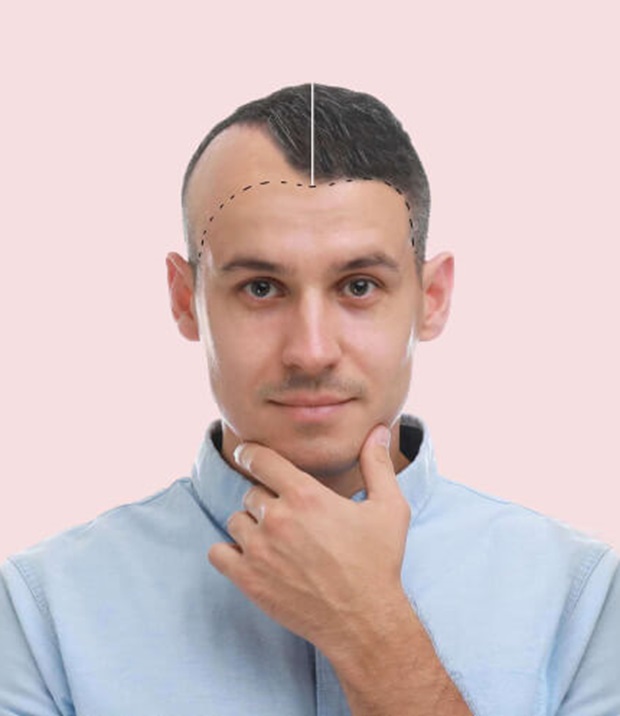

After Hair Transplantation Surgery:
Recovery: After the surgery, you will need some time to recover. The recovery process varies from person to person, but you can generally expect some swelling, redness, and minor discomfort in the days following the procedure.
Healing time: The transplanted hair grafts may scab over and fall out in the weeks following the surgery. This is normal and should not be a cause for concern. New hair growth typically starts to appear after a few months.
Final results: It may take several months to see the full results of the hair transplant, as the newly transplanted hair gradually thickens and matures. Most people notice significant improvements in hair density and appearance within six to twelve months.
Post-operative care: You'll receive instructions on how to care for the transplanted area, such as avoiding direct sunlight, not picking at scabs, and following a specific hair care regimen.
Maintenance: Keep in mind that while hair transplantation can provide long-lasting results, it doesn't stop the progression of natural hair loss. Some individuals may need additional sessions or follow-up treatments to maintain their desired results over the years.
It's important to note that the success of a hair transplant largely depends on the expertise of the surgeon, the quality of the donor hair, and individual factors. It's crucial to choose a qualified and experienced surgeon and carefully follow their instructions to optimize your chances of achieving a successful outcome.
The success and results of a hair transplantation procedure can depend on several factors, including:
Candidate Selection: Not everyone is a suitable candidate for hair transplantation. The success of the procedure depends on selecting individuals with stable donor areas, sufficient donor hair, and realistic expectations.
Surgeon's Skill: The surgeon's experience, skill, and expertise play a crucial role in the success of a hair transplant. Choose a board-certified and experienced surgeon or clinic with a good track record.
Transplantation Technique: There are two primary techniques used in hair transplantation: Follicular Unit Transplantation (FUT) and Follicular Unit Extraction (FUE). The technique used can impact the outcome. FUE is generally less invasive and leaves minimal scarring.
Donor Hair Quality: The quality and quantity of the donor hair are essential. Hair from the back and sides of the head is typically used because it is genetically resistant to balding.
Recipient Site Design: The way the surgeon designs the recipient site (the area where hair is being transplanted) is important. A well-designed hairline and distribution can make the results look natural.
Density and Placement: The density of transplanted hair and the angle at which it is placed in the recipient area also affect the final results. Proper density and angulation are essential for a natural appearance.
Follow-up Treatments: Some patients may require multiple sessions to achieve their desired level of coverage, especially if they have extensive hair loss.
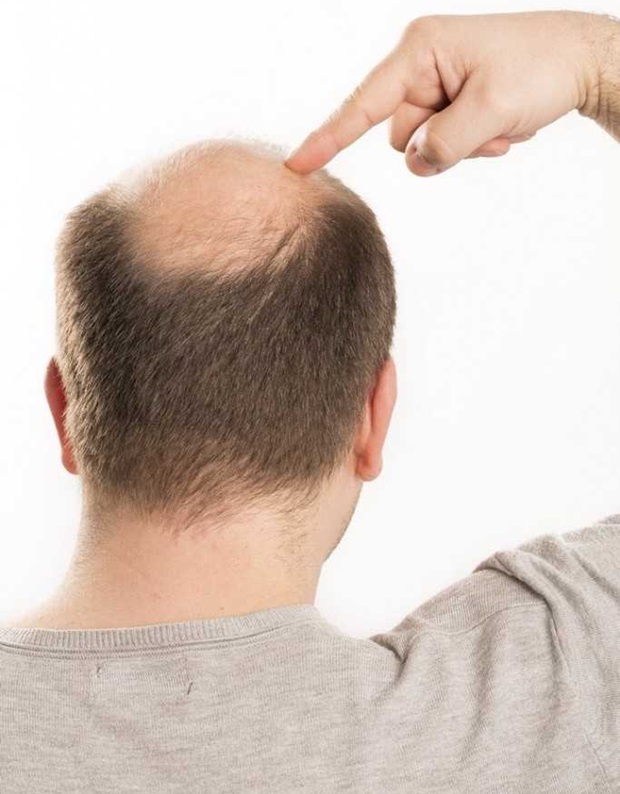

Density and Placement: The density of transplanted hair and the angle at which it is placed in the recipient area also affect the final results. Proper density and angulation are essential for a natural appearance.
Post-Operative Care: The patient's commitment to following post-operative care instructions is critical. This includes keeping the transplanted area clean, avoiding certain activities that could damage the grafts, and taking any prescribed medications.
Healing Process: Individual healing rates and the body's response to the procedure can affect the results. Some people may heal more quickly and experience less swelling or discomfort.
Underlying Health: The patient's overall health can impact the healing process. Good health and lifestyle choices can contribute to better outcomes.
Expectations: Having realistic expectations is crucial. Hair transplantation can improve the appearance of balding or thinning areas, but it may not fully restore a head of hair to its pre-balding state.
Age: The age of the patient can also influence the results. It's often recommended to wait until hair loss has stabilized before undergoing a transplant.
Remember that no surgical procedure is without risks, and individual results can vary. It's essential to consult with a qualified surgeon to discuss your specific case and understand the factors that can influence the outcome of hair transplantation.
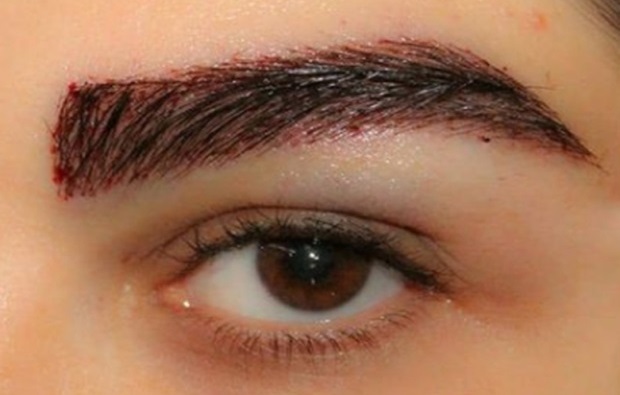

Eyebrow Transplant
The procedure involves extracting hair, including both the graft and follicle, from a donor site on the person's body. These hair units are then implanted into the thinning areas of the eyebrows. Following extraction, the hair is carefully stored in specially designed containers for the transplant. Typically performed under local anesthesia, patients experience minimal discomfort, and the process is pain-free.
Eyebrow Transplant Right whom?
In essence, an eyebrow transplant is suitable for anyone seeking thicker eyebrows. A significant portion of eyebrow transplant candidates often experience issues such as sparse and thinning eyebrow hairs, patchy eyebrows due to Alopecia Areata, or eyebrow hair loss caused by excessive psychological stress. Additionally, various other reasons prompt individuals to opt for this surgery, including facial trauma, accidents, and stress-related eyebrow hair loss.
Here are some additional reasons:
- Tattoos: Unwanted tattoos can be another reason individuals choose to undergo an eyebrow transplant in Iran. Many patients become dissatisfied with their eyebrow tattoos and turn to eyebrow transplantation to conceal them.
- Scars
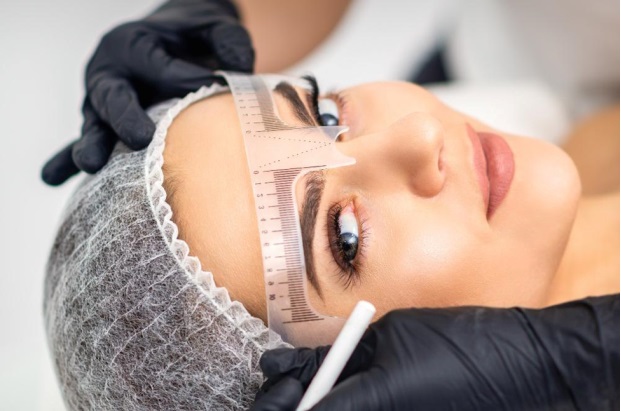

- Burns: Burns can occur due to different causes, exposing eyebrows to external damage. Over time, individuals recovering from burns have shown a growing interest in eyebrow transplantation.
- Underactive Thyroid Gland: In most cases, the condition is not severe, and over several months, eyelashes and hairs will naturally regrow. However, in more severe cases, specialists may recommend an eyebrow transplant.
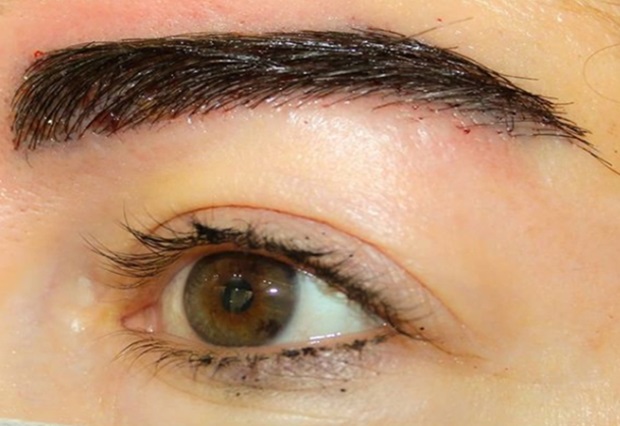

Cost of Eyebrow Transplant in Iran?
As the demand for eyebrow transplants continues to rise and this proven medical treatment gains popularity, many individuals find themselves drawn to major cities in Iran, particularly Tehran. One significant factor contributing to this attraction is the affordability.
Despite the remarkable success stories of eyebrow transplants in Iran, the overall cost for a complete medical journey to the country, including eyebrow enhancement, remains relatively low. The eyebrow transplant cost in Iran typically ranges from $800 to $1500 for both brows. This cost covers a variety of amenities and transfer services in addition to the original operation expense. For more detailed information, please reach out to us.
Beard transplant
Similar to hair transplantation, beard transplant involves using hair from the back or sides of the head for transplantation. Following the procedure, the transplanted hair grows naturally like a beard, requiring no additional care. But why opt for a beard transplant? Many men experience uneven facial hair growth, leading to sporadic hair growth on the face instead of a consistent beard. Genetic factors may also hinder natural beard growth.
Beard implants are gaining popularity in Iran, proving to be a valuable cosmetic procedure for men seeking a neater and more refined beard appearance. This procedure can address hairless or thinning areas on the cheeks, beard line, mustache, or chin
In this article, we delve into beard transplantation in Iran, exploring topics such as the cost of beard transplant, the procedure itself, various methods, suitable candidates, and the advantages and disadvantages of this cosmetic enhancement.
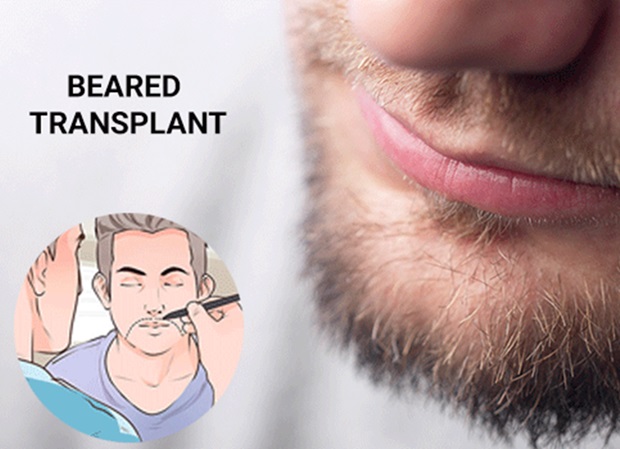



Who Is It For?
The ideal candidates for beard transplant include:
- Men who genetically lack a beard or mustache or have sparse facial hair.
- Men with old scars on their faces (beard and mustache) who can use a beard implant to conceal them.
- Men who desire to enhance the growth and thickness of their facial hair for cosmetic reasons.
In general, individuals undergoing beard transplantation must have suitable hair follicles in the specified areas. Beard transplants can be performed starting at the age of 25.
Cost of Beard Transplant in Iran
Beard transplantation is often an expensive cosmetic procedure in many countries. In the United States, for instance, the cost of a beard implant can reach as high as $15,000, depending on the graft size, with even smaller transplants ranging from $3,000 to $7,000. However, the cost of growing a beard in Iran is considerably more reasonable.
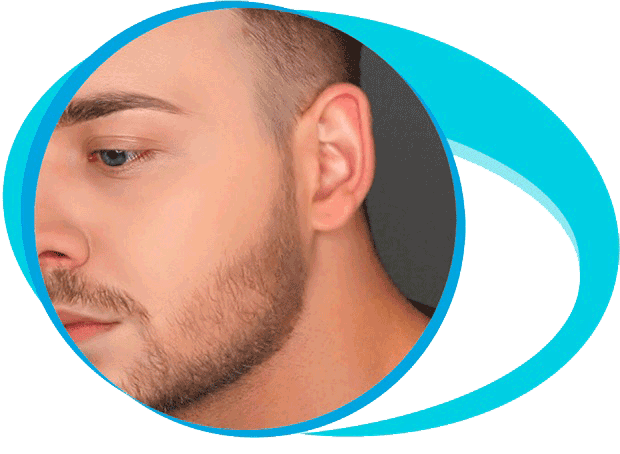



Our services include:
![]() our online services include: quotes and consultation
our online services include: quotes and consultation
![]() Planning the highest word-level medical trips and quality hospitals and medical centers according to the patient's request and budget.
Planning the highest word-level medical trips and quality hospitals and medical centers according to the patient's request and budget.
![]() Appointing treatments by the most skilled and experienced doctors.
Appointing treatments by the most skilled and experienced doctors.
![]() Airport pick-up/drop off, check-ups, accompanying translator, book hotel (for patients and their families)
Airport pick-up/drop off, check-ups, accompanying translator, book hotel (for patients and their families)
![]() Pre-hospitalization / post-hospitalization care services
Pre-hospitalization / post-hospitalization care services


All-Inclusive Medical Travel Packages
based on your budget, our team will assist you in choosing the best hotels, doctors, and medical centers. Our packages include:
 Airport Pickup Services
Airport Pickup Services Airport Dropoff services
Airport Dropoff services Hotel
Hotel Ticket
Ticket visa
visa translator
translator Transfer
Transfer SIM Card
SIM Card Sightseeing
Sightseeing
 why Iran
why Iran
Patients may choose to have abdominoplasty (commonly known as a tummy tuck) in Iran for a variety of reasons
Cost, Quality of Care, Privacy and Discretion, Combined Tourism, no Waiting Times
![]()
Fotros is an Iranian health tourism company with a professional team consisting of a support team and word-level doctors in medical and cosmetic surgeries like Neurosurgery, Rhinoplasty, Breast cosmetic surgeries, Liposuction, tummy tuck, etc.
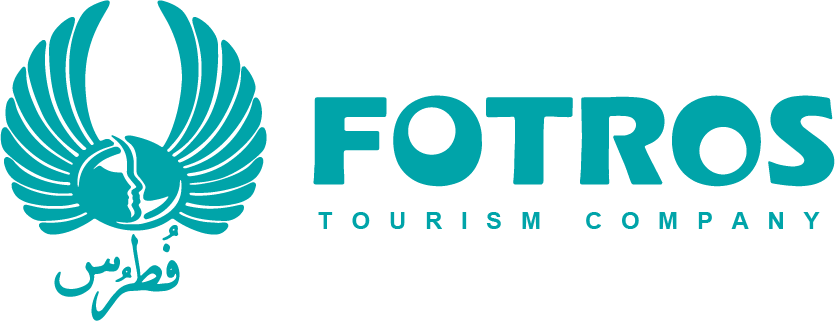











 why Iran
why Iran